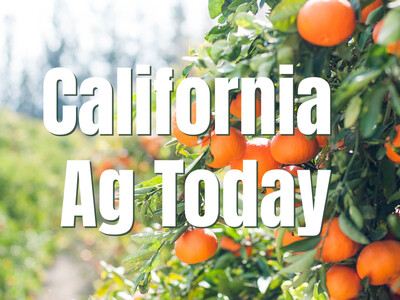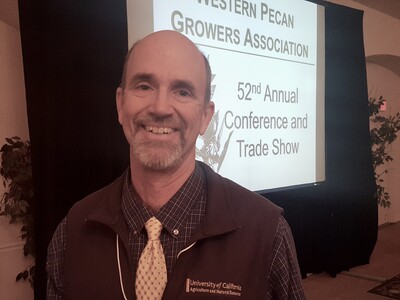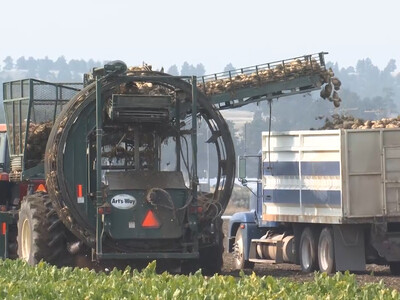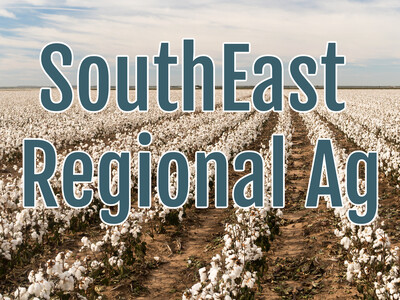FSA County Elections
The U.S. Department of Agriculture (USDA) Idaho Farm Service Agency (FSA) Executive Director, Mark Samson, wants to remind farmers, ranchers and other agricultural producers that they have until Monday, Aug. 1, to nominate eligible candidates to serve on local FSA county committees.
Samson said:
"If you've been considering nominating a candidate or nominating yourself to serve on your local county committee, I encourage you to go to your county office right now to submit that nomination form. I especially encourage the nomination of beginning farmers and ranchers, as well as women and minorities. This is your opportunity to have a say in how federal programs are delivered in your county."
Spokesperson Poly Hoyt: "FSA county committees help local farmers through their decisions on commodity price support loans, conservation programs and disaster programs, and by working closely with county executive directors."
To be eligible to hold office as a county committee member, individuals must participate or cooperate in a program administered by FSA, be eligible to vote in a county committee election and live in a local administrative area where they are running. A complete list of eligibility requirements, more information and nomination forms are available at http://www.fsa.usda.gov/elections.
All nominees must sign the nomination form FSA-669A. All nomination forms for the 2016 election must be postmarked or received in the local USDA Service Center by close of business on Aug. 1, 2016. Ballots will be mailed to eligible voters by Nov. 7 and are due back to the local USDA Service Centers on Dec. 5. The newly elected county committee members will take office Jan. 1, 2017.
Since 2009, USDA has worked to strengthen and support American agriculture, an industry that supports one in 11 American jobs, provides American consumers with more than 80 percent of the food we consume, ensures that Americans spend less of their paychecks at the grocery store than most people in other countries, and supports markets for homegrown renewable energy and materials. USDA has also provided $5.6 billion in disaster relief to farmers and ranchers; expanded risk management tools with products like Whole Farm Revenue Protection; and helped farm businesses grow with $36 billion in farm credit. The Department has engaged its resources to support a strong next generation of farmers and ranchers by improving access to land and capital; building new markets and market opportunities; and extending new conservation opportunities. USDA has developed new markets for rural-made products, including more than 2,500 biobased products through USDA's BioPreferred program; and invested $64 billion in infrastructure and community facilities to help improve the quality of life in rural America. For more information, visit www.usda.gov/results.














